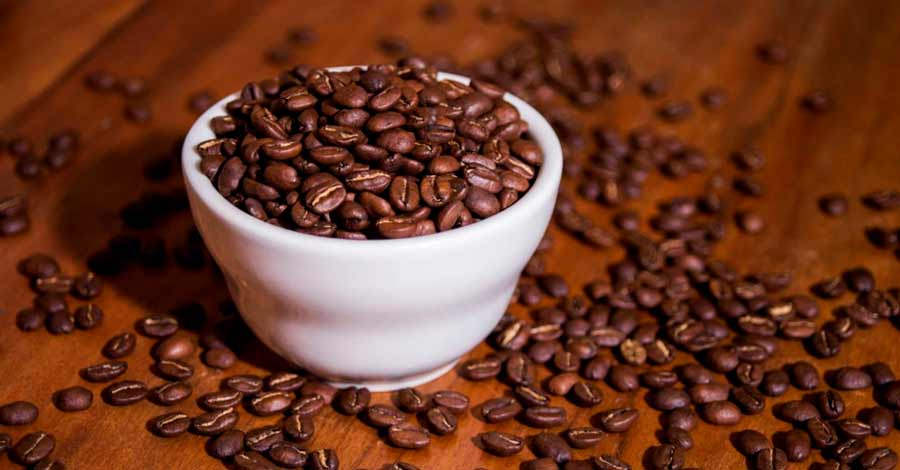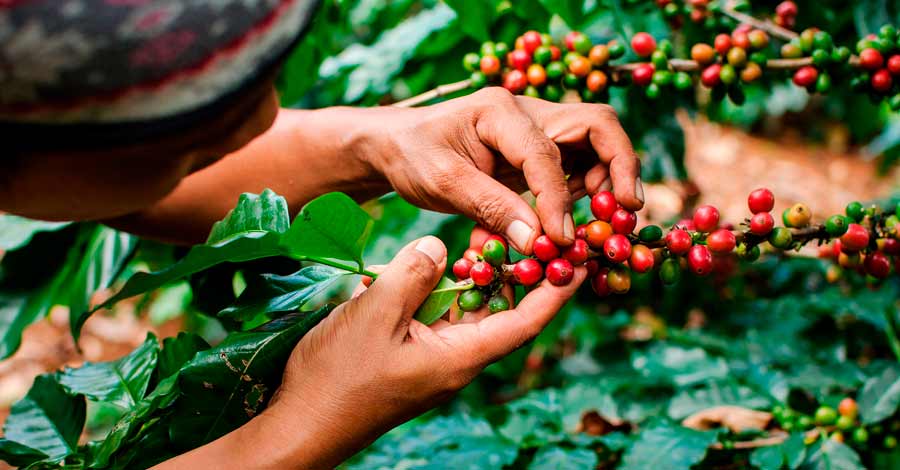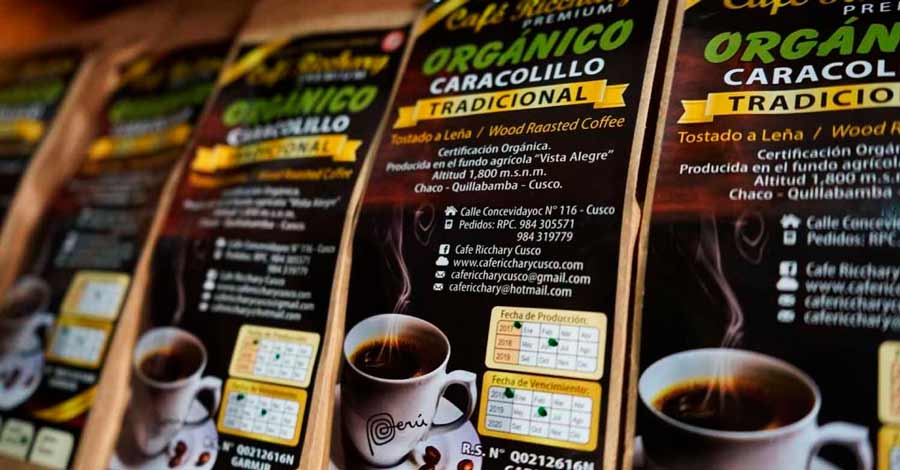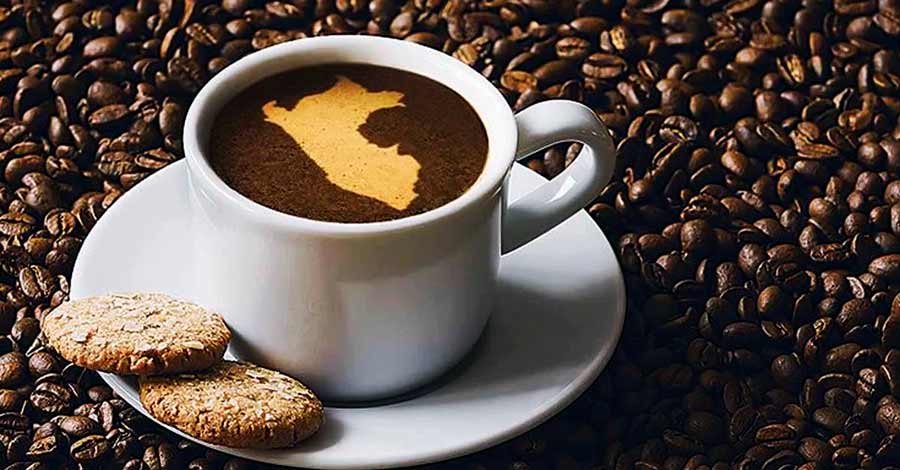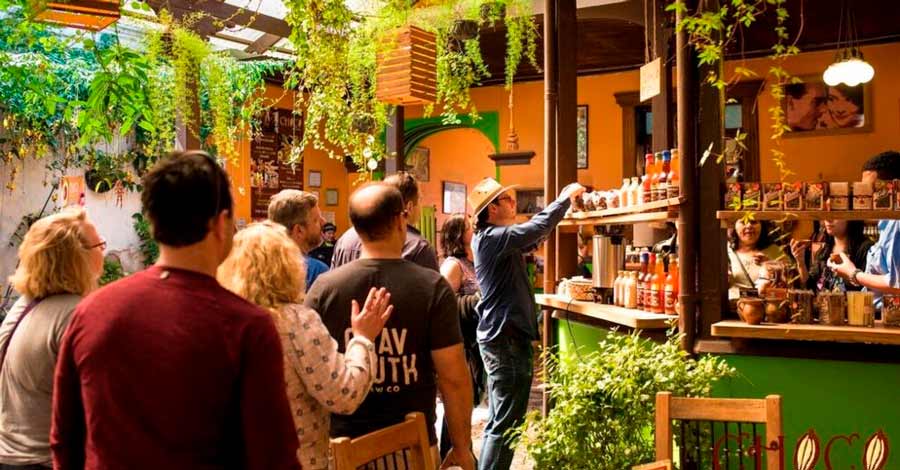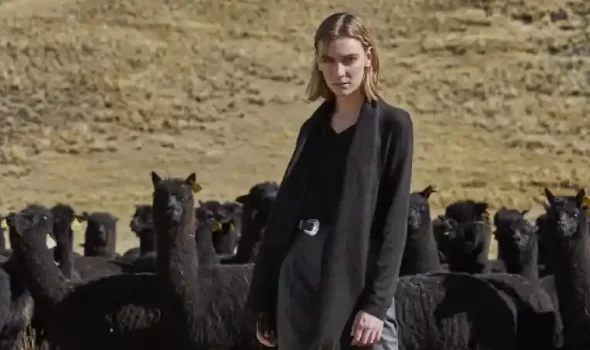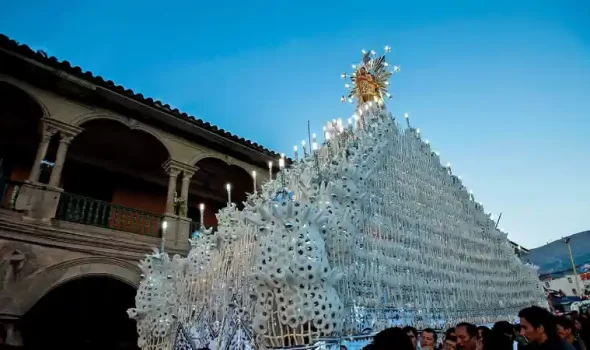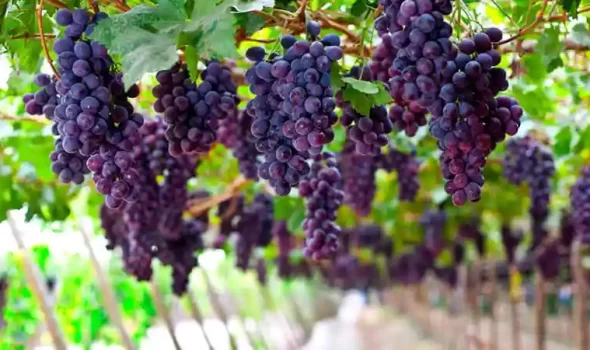Whether or not it is a Peruvian coffee, it is very difficult to resist the aroma and taste of a good coffee, that dark powder inside a jar or sachet. It is said that coffee is the most loved and most hated drink in the world, it is positioned as a star drink. It is the most consumed beverage in the world. Nearly 10 million kilos of coffee are consumed each year in the world. It has been enlightening the mind and warming the spirit for more than a thousand years, that black liquid that runs through the veins of monks and office workers, truck drivers and journalists or those who cannot afford voluntary rest or distraction. Whether it comes in a flask, a can, a box or a bag, coffee is a beverage that continues to boom.
In Peru, this bean is cultivated between 600 and 1800 meters of altitude with different profiles of acidity, flavor and aroma. Peru is one of the world’s top ten exporters of coffee and the second-largest exporter of organic coffee. Let’s take a look with Auri at some facts about this popular beverage, the bean that has turned Peru into a country with one of the best coffee beans in the world.
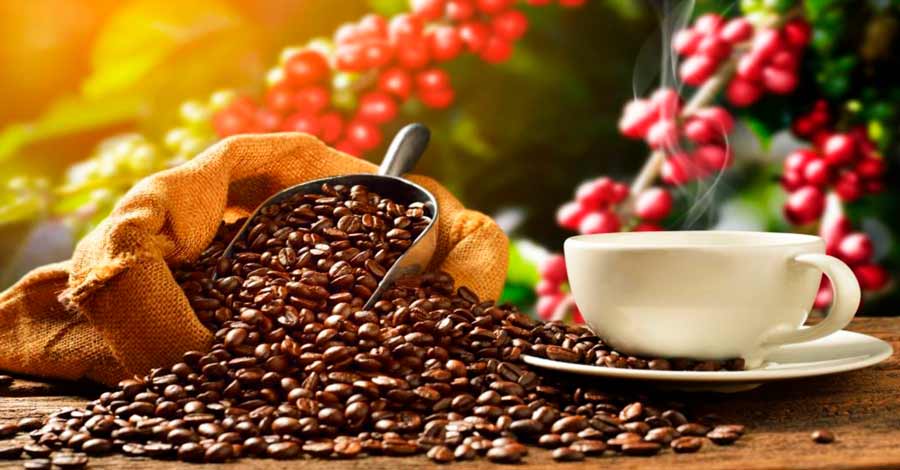
The origin of coffee
There is no exact or definitive precision regarding the origin of coffee. According to some archeologists, the first documented record of coffee appeared in the year 858 in the province of Kaffa, Abyssinia, in the southwest of the country that today is known as Ethiopia. Other archeologists place the origin of the bean just on the other side of Ethiopia, in the northeast, on the coasts of the Red Sea. And there are even those who say that the first appearance was near there, but across the sea: on the opposite shore, between the ports of Mocha and Aden, in Yemen, or a little further still, in the south of what is now Saudi Arabia. Whatever the place of origin, coffee began to grow in low mountainous areas with fertile soils and a temperate, cool, and rainy climate.
The origin of the word coffee
At the linguistic level at least, the birthplace of coffee sounds logical: “Kaffa”, the province would be the etym or root from which the word coffee comes from.
Coffee world species
Arabica coffee and Robusta coffee are the only two that are produced and commercialized on a global scale.
Arabica Coffee
It is the most cultivated coffee in the world, 60% of the world cultivates this coffee. The best known varieties of this species are “Typica” and “Bourbon”. This coffee is usually a large bush that reaches up to 8 meters in height, its leaves are oval and dark green in color and its beans are red or yellow when ripe.The fruit takes 7 to 9 months to mature. Arabica coffee is cultivated throughout Latin America, in Central and Eastern Africa, in India and a little in Indonesia. Additionally, it is the most widespread in Peru.
Robusta Coffee
It is a bush or small robust tree that can grow up to 10 meters in height and has a shallow root. It is the second most cultivated type of coffee in the world after the Arabica varieties. The fruit is rounded and takes up to 11 months to mature; the seed is elongated and smaller than that of the Arabica. Robusta coffee is cultivated in Central and West Africa, in all of Southeast Asia and a little in Brazil, where it is called Conillon.
Coffee Processing
Coffee is harvested in two ways: dry and wet. In the first, the red or yellow (ripe) cherries are harvested very carefully to avoid damaging the trees. In the second, the fruits are picked and soaked to remove the layers and wash them. In both cases, the crop should not be exposed to the sun to avoid damaging it with heat.
The coffee beans are then pulped and sieved to obtain beans that are subjected to fermentation in a special tank. This stage lasts from 12 to 20 hours until the texture of the beans is rough.
The beans are then classified to obtain coffees of two or more qualities. The next step is the roasting of the beans, for which the green beans are placed in a roasting machine. The roasting time should last between 15 and 18 minutes at a temperature of between 180 °C and 220 °C.
Afterwards, the roasted coffee is unloaded to begin the cooling and resting process for a period of between 8 and 12 hours. In the last phase, the coffee is ground and then weighed according to the packaging in which it will be marketed. Finally, the product is packed, sealed and labeled for its subsequent storage and packaging in boxes destined for the markets.
It also occupies second place worldwide as a producer and exporter of organic coffee and is the leading supplier of Fair Trade coffee to the United States, covering 25% of the niche market.
Peruvian Coffee brief history
According to some historians, coffee arrived in America with Christopher Columbus in the 15th century. He promoted its cultivation in Caribbean islands such as Puerto Rico, Cuba, and the Dominican Republic. However, other historical records say that coffee arrived in America in 1720, when the French officer Mathieu de Clieu managed to bring a plant to the Caribbean. The history of Peruvian coffee begins with the arrival of coffee in South America, probably in the 18th century (between 1740 and 1760). However, as in many other countries, the exact date of its arrival is not known. However, it is known that by the end of the 19th century its consumption and production had already been widely extended at the local level.
The areas of high semi-tropical jungle, such as Huanuco, Moyobamba, Cusco and Jaen, were the ideal places for coffee to flourish and become a rapidly expanding crop. But if there is one place where several plantations were established and gave origin to the coffee industry, this place was Chanchamayo, a place that continues to be a referent for the cultivation of coffee in Peru to this day.
What regions of Peru produce the best coffee?
The advantages of Peru’s great geography and climatic diversity mean that there are several regions where coffee can be produced. The most outstanding Peruvian coffees and their main production zones are:
- Junin: Chanchamayo, Satipo, Pichanaki.
- Cusco: La Convención
- Pasco: Villa Rica
- Amazonas: Rodriguez de Mendoza
- Cajamarca: Jaén
- San Martin: Moyobamba
- Huanuco: Hermilio Valdizan, Luyando
Each region has a different touch in its coffee; there are different variables that determine the final flavor and aroma in the cup. Today there are different brands of Peruvian coffee for export that are gaining market share, as well as Peruvian specialty coffees that win first place in international competitions.
Gourmet and Organic Peruvian Coffees
Specialty coffee or gourmet coffee is characterized by its exceptional quality in the cup, and for not having any defects, making it one of the best in the world. Gourmet coffee allows roasters to incorporate, over the basic blend of “arabica” and “robusta”, variable proportions of coffees with particular characteristics that give a “difference” to the product.
On the other hand, organic coffee comes from crops with specific processes in their agronomic management: soil conservation practices and the use of methods that emulate ecological processes.
Peruvian coffee with denomination of origin
A Denomination of Origin is a product that uses the name of a region or geographical area. This denomination serves to designate, distinguish and protect a product based on characteristics derived from the geographical environment where it is cultivated and taking into account natural, climatic and human factors.
Coffee grown in Peru has two denominations of origin: Café Villa Rica and Café Machu Picchu-Huadquiña. These products have a great positioning in the world market
Villa Rica Coffee (Pasco)
This is a green coffee bean of the Coffea arabica species. Many of the qualities of this coffee are related to the geographical component of Villa Rica, the climate where it is cultivated, the type of soil and the water sources that serve to mobilize nutrients from the soil to the plant. To this added to the practices, cultivation techniques and post-harvest methods used by the coffee growers of the zone.
The special characteristics of this coffee are the quality, flavor, aroma, acidity level, yield of the coffee and the production techniques.
Machu Picchu-Huadquiña Coffee (Cusco)
This is a green bean coffee that is produced in the Huadquiña hamlet in the district of Santa Teresa, curiously enough very close to Machu Picchu, and in the vicinity of the Salkantay and Humantay snow-capped mountains.
These snow-capped mountains contribute to create a microclimate in this area with temperatures that favor a slow ripening of the cherry trees and the accumulation of sufficient organic matter in the fruit and seed. In addition, the human factor plays a key role through ancestral customs for the cultivation and harvesting of this grain.
Coffee Consumption in Peru
It is estimated that Peru consumes around 750 grams of coffee per person per year, according to figures from the National Coffee Board. This institution indicates that consumption registers increases as the presence of international tourists in the country increases. However, Peru is still well below the average consumption of some of its neighbors such as Colombia and Brazil.
Peruvian chocolate and Peruvian coffee experience in Cusco
Auri Peru offers you a fusion of history with chocolate as you’ve never drunk it before. Great concept AND you can even make your own chocolate. This tour gives you the chance to experience unique moments with local producers and their families. The Peruvian producers will teach you everything about organic production and the cocoa, coffee, tea and other plants with the «Fair trade» seal.
Short Itinerary
Day 1: Cusco City – Huayopata Village
Visit a cacao plantation and learn how chocolate is made!
Day 2: Huayopata Farm – Cusco
Prepare your own hot chocolate with cocoa freshly grounded.
Finally, Peruvian coffee Peru is among the top ten coffee-producing and exporting countries in the world. It also occupies second place worldwide as a producer and exporter of organic coffee. This is quite an achievement for a Peruvian producer whose origin was in another continent.
Peru has many incredible places to discover. With many years of working in the travel industry, Auri Travel is happy to help with your travel plans to Machu Picchu and other places around the country. Come and enjoy your Peruvian Adventure with us!




